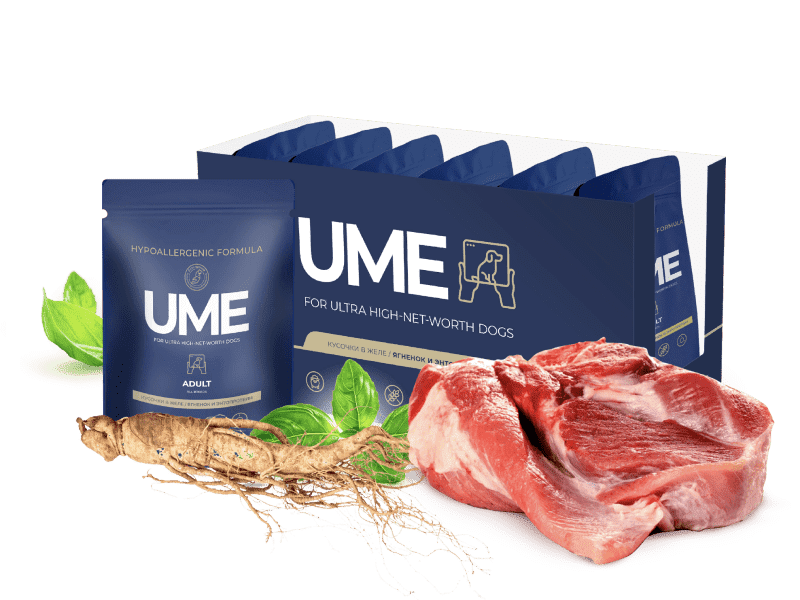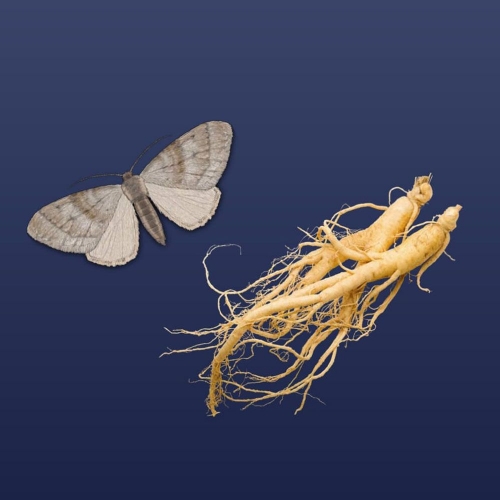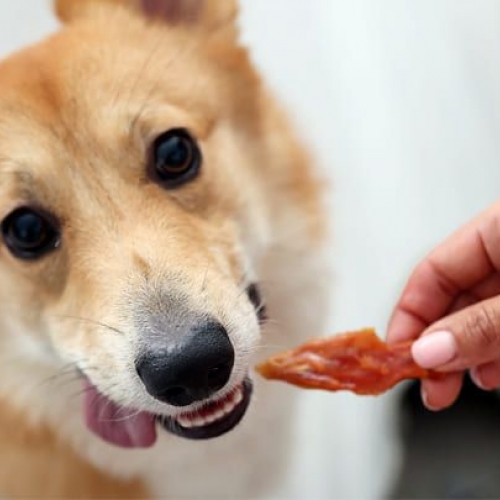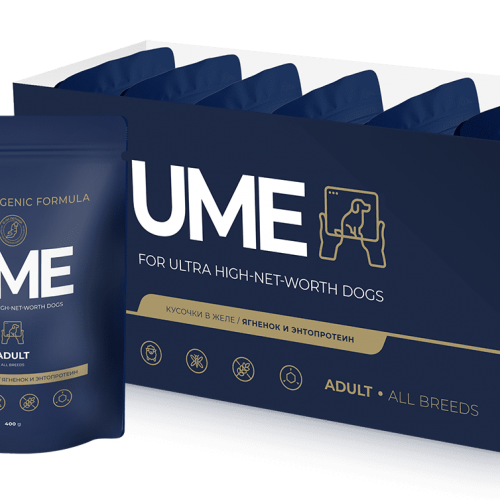
The trend of refusing harmful components in food has affected not only ordinary, human food, but also the food of our closest four-legged friends - dogs. Interest in healthier eating is also visible in the pet food industry. After all, a dog is also a member of your family and also has the right to a healthy diet. Today, specialized grain-free dog food has appeared on store shelves. What is it: a current trend or a real benefit for your pets?
Together, let's figure out what grain-free food is. The composition of such food does not include cereals, such as wheat or corn, which often cause allergic reactions and digestive disorders. The basis of high-quality grain-free feed is selected fresh meat.
It is this component of dry food that corresponds to the peculiarities of the anatomical structure of dogs and indicates that the animal is most adapted to a meat diet. This is confirmed by a shortened digestive tract, as well as the specific features of the mouth and teeth. According to veterinarians, the percentage of meat in the diet of a four-legged friend should be at least 80%.
It's important to understand that grain-free food is a complete healthy diet adapted to a home lifestyle, not a therapeutic diet for dogs. To be 100% sure of the quality of a grain-free feed, it is necessary for the main components in its composition to be properly balanced, and for the carbohydrate content to not be high.
What are the advantages of grain-free food?
1. Natural base
As mentioned earlier, the basis of quality grain-free food is selected fresh meat. Dogs are carnivores and their diet needs to be based on meat. As a result, the dog develops harmoniously, and its digestive system is not overloaded due to unnatural grain nutrition. Animal proteins are the key to the health of the dog's skin, coat and musculoskeletal system. From a biological standpoint, they are more valuable than plant foods, and their amino acid profile is more complete. The higher the biological value of the feed, the easier it is digested and absorbed by the body.
2. Good physical shape
Quality grain-free feeds are characterized by a reduced amount of fat and carbohydrates and an increased amount of protein. This approach allows you to reduce the excess fat mass of the pet's body and prevents obesity. Animal proteins are ideal for maintaining lean body muscles, unlike vegetable proteins.
3. Immunity
A quality grain-free diet consistently reduces the risk of obesity, cardiovascular disease, and diabetes. Just imagine this: in the last 10 years, the number of dogs suffering from diabetes has increased by 80%! The reason is a sedentary lifestyle and a diet rich in carbohydrates. Grain-free, low-carb formulations solve this problem and help keep your pet healthy.
4. Healthy digestion
Grain-free recipes tend to be easily absorbed by the body. Foods with dietary fiber (such as Core) improve the performance of the intestinal epithelium in terms of nutrient absorption functionality. Probiotics (good bacteria) and prebiotics (food for good bacteria) improve digestion and use it to strengthen immunity. The combination of digestible fiber, pro- and prebiotics improves a dog's digestion and normalizes bowel movements.
5. Normal sugar levels
Grain-free foods that are reduced in carbohydrates may be beneficial for pets with diabetes and insulin resistance. They provide a decrease in the glycemic response, normalize sugar levels. High carbs, on the other hand, lead to persistently high blood glucose levels. Pay attention when you look at the composition of the feed.
6. Lowering allergy risk
About 10% of all allergic reactions in animals are allergies to certain feed ingredients. Of these 10%, about a tenth of pets have allergic reactions to grain (most often wheat). Grain-free foods reduce the likelihood of allergies, which means that they do not cause skin flaking, itching, redness or hair loss. In addition, grain-free foods can help improve the health of skin and coat.
7. Proteins of animal origin
Most often, grain in feed is replaced by potatoes, but, as a rule, more animal proteins prevail in grain-free feeds. This means your pet is getting more of the essential amino acids, vitamins, and minerals needed to maintain their overall health.
Also, animal proteins give more energy, improve the condition of the skin and coat, and pet bowel movements are small and hard.
When fed with grain-free food, a pet feels full faster, and the feeling of satiety lasts longer. This makes it easier to control and maintain the pet’s optimal weight.
If you find it hard to resist your pet's pleading eyes and are worried about their weight, grain-free foods are an excellent choice to keep them feeling full for longer.
The decision ultimately comes down to what kind of pet food you choose and what your dog prefers. A complete and balanced diet can be achieved when the ingredients can provide the recommended levels of protein, fat and key nutrients in appropriate ratios and concentrations.
Health, and long and active years of life to your pet!




